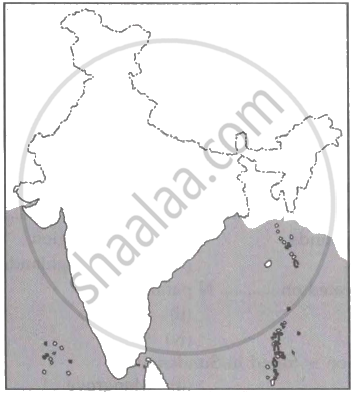Advertisements
Advertisements
प्रश्न
Give Reasons:
North Indian Rivers are perennial.
उत्तर १
North Indian Rivers have their origin from the snow-covered Himalayas. As these rivers have water throughout the year they are referred to as perennial rivers.
उत्तर २
Most of the North Indian Rivers are perennial. It means that they have water throughout the year. These rivers receive water from rain as well as from melted snow from the lofty mountains.
APPEARS IN
संबंधित प्रश्न
Answer the following question briefly.
What is meant by a water divide? Give an example.
Match the following:
| 1. | Tsangpo | Tributary of River Ganga |
| 2. | Yamuna | Highest peak in India |
| 3. | New alluvium | River Brahmaputra in Tibet |
| 4. | Mt. Godwin Southern part of East Austen (K2) | Coastal Plain |
| 5. | Coromandel Coast | Khadar |
Distinguish between the following:
Himalayan rivers and Peninsular rivers.
The ______ river system is the largest drainage system of India.
Which is the west-flowing river in the central part of India?
Where is the origin of river Ganga?
The ______ is known as Sorrow of Bihar.
On an outline map of India mark and label the following lakes: Chilika, Sambhar, Wular, Pulicat, Kolleru.
With the help of the given statistical data prepare a simple bar graph and answer the following questions.
| Ganga River | Amazon River | |
| Total catchment area (in sq.km) | 10,16,124 | 70,50,000 |
| The total length of the river (in km) | 2,525 | 6400 |
| Water discharge (Cu.m. per sec) | 16,648 | 2,09,000 |
- What is the total length of the river Ganges?
- What is inferred from the graph?
- What can be said about the water discharge of the Amazon river?
Mark the following in the outline map of India. Write the names and given index.

- Lakshadweep Islands
- Coromandel Coast
- Gulf of Khambhat
- Any Major Port
- Thar Desert
- Palk Strait
